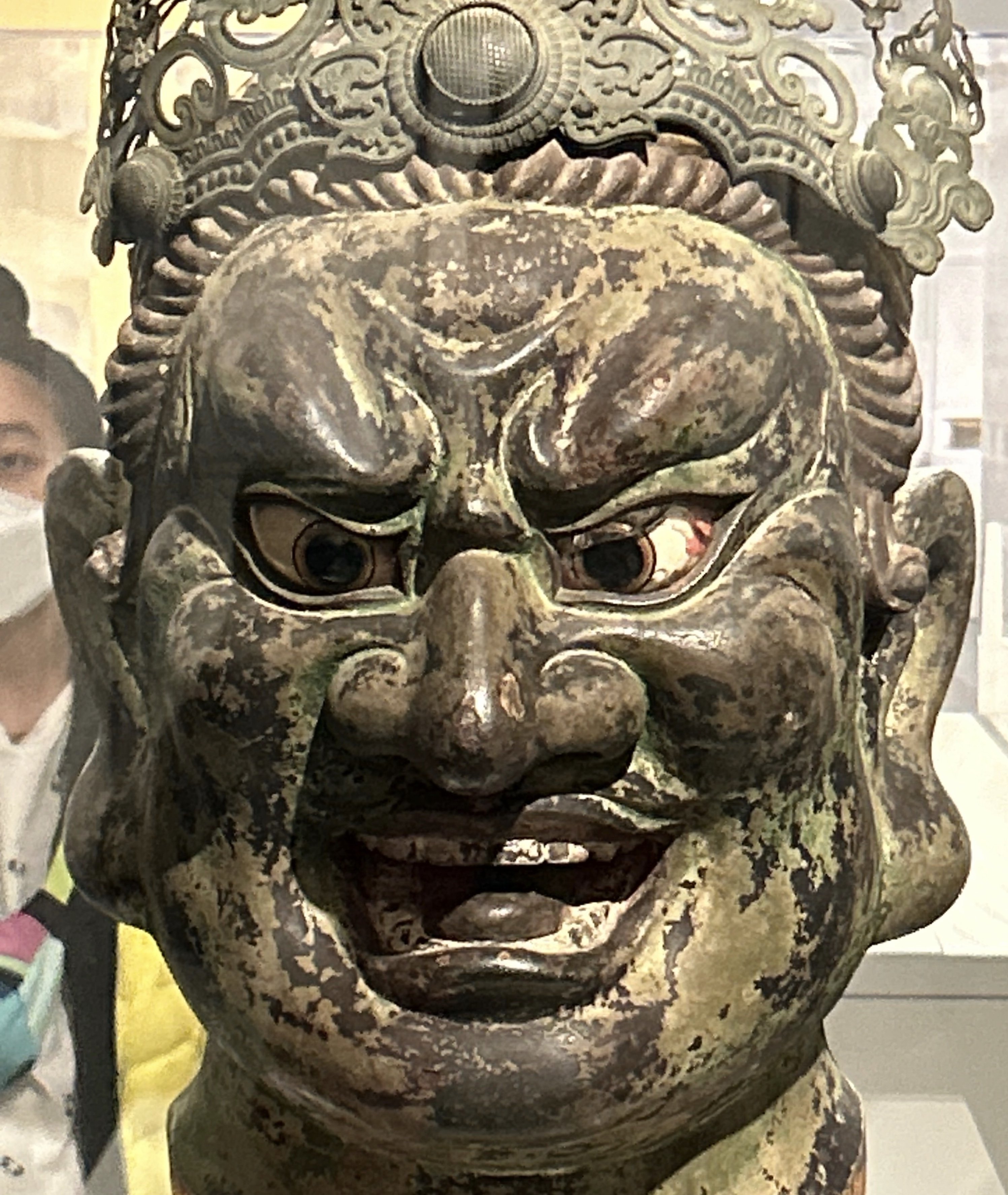
2022
The Railway Children Return
Drama, Family, Adventure
7.0
User Score
261 Votes
Status
Released
Language
en
Budget
$0
Production
StudioCanal
Overview
Follow a group of children who are evacuated to a Yorkshire village during the Second World War, where they encounter a young soldier who, like them, is far away from home.
Review

Geronimo1967
6.0
Whilst I certainly felt a twinge of nostalgia whilst watching this film, I did wonder just why it was made. The original Lionel Jeffries film (1970) had a charm to it that was as much about a sense of "Britishness" and was simple, thoughtful and engaging. This latter day effort has a darker storyline that though certainly worth telling, doesn't really fit with the overall slightly lethargic timbre of the plot. A family of kids are evacuated from the bombing-prone Manchester to a small village in Yorkshire where they are adopted - after a process that seemed very random and quite risky for the evacuees - by "Bobbie" (Jenny Agutter) who lives with her daughter "Annie" (Sheridan Smith) and her young son "Thomas" (Austin Haynes). For some reason there are a few Amercian soldiers billeted in this rural village far from anywhere - quite why we never know; and the youngsters encounter an injured one hiding in their secret hideaway (a disused railway carriage). Unsure if he is a spy, and suspicious of each other, the story gently develops the growing bond between them whilst touching on the more serious issues of racism within the US army and the difficulties faced by the families of those fighting. It's a bit of a jigsaw puzzle, this. The narrative tries to stay faithful to the original theme, but somehow it is all just too weak and loosely defined. The children - especially Haynes, KJ Aikens as the young soldier ("Abe") and Beau Gadsdon as the lively, tomboy-ish "Lily" are entertaining and there is some mischief (and a proper flour fight) to be had, but the rest of it just seems a bit lost in 2022. Sir Tom Courtenay appears towards the end as a sort of wise old uncle, but again it is more about seeing him on a screen rather than anything particularly credible he brings to the plot. This is not in any way a bad film, and perhaps it might raise awareness amongst any youngsters who do actually see it that any form of discrimination is wrong, but otherwise this is a nice to watch film for the television at Christmas that bears but a passing resemblance to the first one.
Read More 



